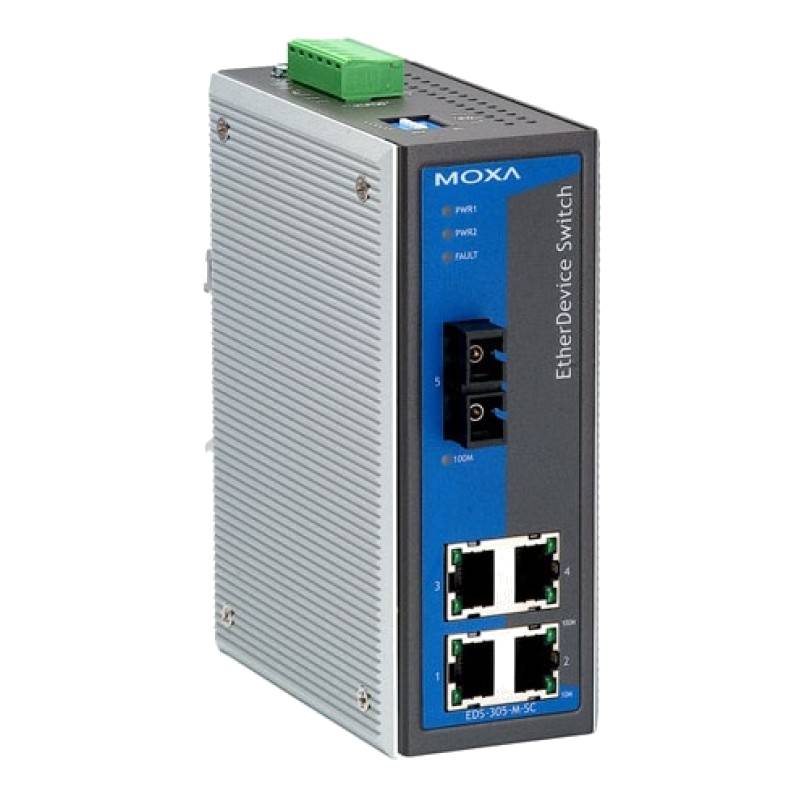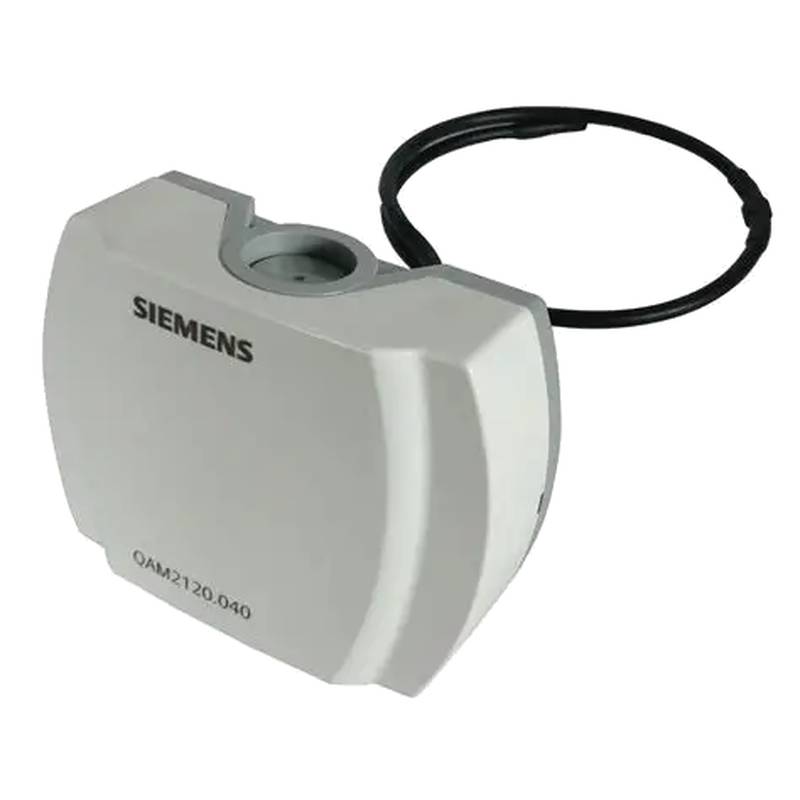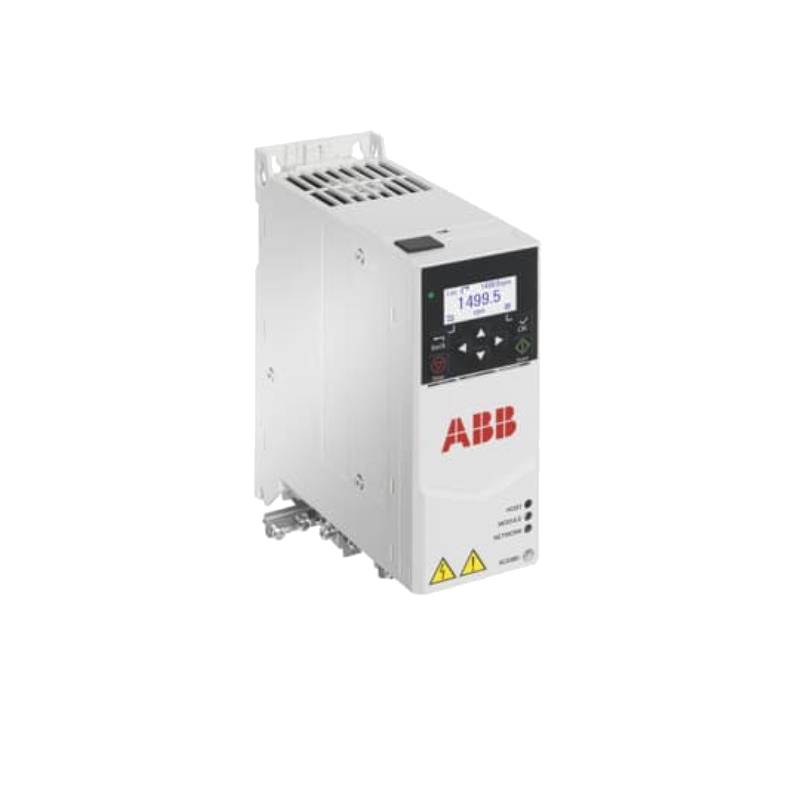
The Siemens 6SL3210-1KE32-4UB1 G120 High Performance Motor Drive Control System represents a pinnacle of industrial automation technology, engineered for demanding applications requiring precision, efficiency, and robust control. This advanced drive system, boasting a 237A current rating and a substantial 132kW power output, is designed to optimize motor performance across a wide spectrum of industrial processes. Its key advantages lie in its high power density, exceptional energy efficiency, and seamless integration capabilities. Core features include advanced vector control algorithms for superior dynamic response, integrated safety functions for enhanced operational security, and intelligent diagnostics for proactive maintenance. The Siemens G120 series is specifically recognized for its modular design, offering flexibility and scalability to meet evolving production needs, positioning it as a premium solution for industries prioritizing reliability and performance.
Product Specifications
| Feature | Specification |
| :------------------------ | :--------------------------------------------- |
| Model | 6SL3210-1KE32-4UB1 |
| Series | SINAMICS G120 |
| Rated Current | 237 A |
| Rated Power | 132 kW |
| Voltage Rating | 400 V |
| Protection Class | IP20 |
| Communication Interfaces | PROFINET, PROFIBUS (optional) |
| Control Type | Vector Control, V/f Control |
| Ambient Temperature Range | -20 °C to +50 °C (derating may apply) |
| Dimensions (H x W x D) | 550 mm x 350 mm x 300 mm (approximate) |
Core Features & Market Positioning
The Siemens 6SL3210-1KE32-4UB1 distinguishes itself through its cutting-edge control technology, primarily its advanced vector control capabilities. This enables exceptionally precise and dynamic motor speed and torque regulation, even under fluctuating load conditions, a critical advantage in applications like material handling, pump control, and fan regulation where smooth, responsive operation is paramount. Its market positioning is that of a high-performance, robust drive solution for complex industrial tasks where reliability and energy efficiency are non-negotiable. The integrated safety functions, such as Safe Torque Off (STO), further enhance its value proposition by simplifying safety integration and reducing the need for external safety components. Furthermore, the SINAMICS G120 platform is renowned for its user-friendly commissioning tools and comprehensive diagnostic capabilities, allowing for quicker setup and reduced downtime.
Key Application Scenarios
This high-performance motor drive control system, the Siemens 6SL3210-1KE32-4UB1, is ideally suited for a diverse range of demanding industrial applications. Its 132kW power capacity and 237A current rating make it a prime candidate for heavy-duty tasks within manufacturing, such as in the automotive industry for robotic applications and assembly lines, or in the food and beverage sector for large processing machinery. In the chemical and petrochemical industries, its robust design and precise control are vital for managing pumps, compressors, and extruders that require consistent operational parameters. Furthermore, the drive's energy efficiency features are particularly beneficial in the mining and metals sector, where reducing operational costs through optimized energy consumption is a key objective for large conveyor systems and crushing equipment.
Practical System Integration Guidance
Integrating the Siemens 6SL3210-1KE32-4UB1 into an industrial control system involves careful consideration of power supply, motor compatibility, and communication protocols. Proper wiring is essential; ensure all power connections adhere to the specified voltage and current ratings, utilizing appropriate cable gauges and ensuring secure terminations to prevent power loss and ensure safety. For communication, if utilizing PROFINET, ensure network configuration and IP addressing are correctly set within the control system and the drive’s network interface module. Commissioning typically involves using Siemens’ STARTER or SCOUT engineering software to parameterize the drive according to the specific motor and application requirements, including setting up control modes (e.g., vector control) and I/O configurations. Safety functions, such as STO, require dedicated wiring to the relevant safety relays or safety PLC outputs to ensure proper function in emergency stop scenarios.
Operation and Risk Mitigation
Operating the Siemens 6SL3210-1KE32-4UB1 effectively requires adherence to operational guidelines and awareness of potential risks. During operation, monitor drive parameters via the control panel or connected HMI for any unusual trends in temperature, current, or speed, which could indicate an impending issue. Common troubleshooting involves checking fault codes displayed on the drive or in the engineering software. For instance, a "F0001" fault typically indicates an overcurrent condition, requiring an investigation into motor load or acceleration ramps. Risk mitigation is paramount; always ensure that the drive is properly grounded, that emergency stop functions are tested regularly, and that personnel are trained on safe operating procedures and emergency shutdown protocols. Avoid operating the drive outside its specified environmental or electrical parameters to prevent premature failure and ensure system safety.
Scalability & Long-Term Value
The Siemens 6SL3210-1KE32-4UB1 drive system offers significant scalability and long-term value, primarily due to its modular design within the SINAMICS G120 family. This modularity allows for easy upgrades or replacement of individual components, such as control units or I/O modules, without necessitating the replacement of the entire drive, thus reducing future upgrade costs. Compatibility with Siemens' broader automation portfolio, including PLCs like SIMATIC S7, ensures seamless integration into existing or future plant-wide control architectures. Furthermore, the drive’s ability to communicate via standard industrial protocols such as PROFINET positions it well for integration into Industrial Internet of Things (IIoT) and Industry 4.0 initiatives, enabling advanced data collection, remote monitoring, and predictive maintenance strategies. This future-proofing ensures the drive remains a valuable asset throughout its operational lifespan, supporting digital transformation efforts within an industrial facility.
Frequently Asked Questions
1. What are the main benefits of using the Siemens G120 6SL3210-1KE32-4UB1?
The Siemens 6SL3210-1KE32-4UB1 offers exceptional energy efficiency, reducing operational costs significantly. Its advanced vector control provides precise speed and torque regulation for demanding applications. The drive also features integrated safety functions, enhancing operational security.
This high-performance system ensures reliable motor operation, minimizing unexpected downtime and maintenance needs. Its modular design allows for flexible expansion and adaptation to future requirements. The robust construction is suited for harsh industrial environments.
Investment in this Siemens drive translates to improved process control, increased productivity, and a longer operational lifespan for connected machinery. Its advanced diagnostics aid in proactive issue identification.
2. How do I connect the Siemens 6SL3210-1KE32-4UB1 to a PROFINET network?
Connect the PROFINET cable to the RJ45 ports on the drive's communication interface. Ensure proper network termination is implemented according to PROFINET standards. Assign a unique IP address to the drive via the HMI or engineering software.
Use Siemens' STARTER or TIA Portal software to configure the PROFINET device within your automation system. Import the GSDML file for the drive to enable communication and parameterization. Verify network connectivity and data exchange.
Double-check all cable connections and network settings to prevent communication errors. Consult the drive's manual for specific PROFINET wiring diagrams and configuration examples. Ensure compatible network switches are used.
3. What are common fault codes for the Siemens G120 drive and their meanings?
Fault code F0001 typically indicates an overcurrent condition, which could stem from excessive load or rapid acceleration. F0003 usually signifies an overvoltage fault, possibly due to regenerative energy or incorrect braking resistor configuration.
F0011 often points to a motor thermal overload, suggesting the motor is exceeding its temperature limits or the drive's thermal model is improperly set. F0013 indicates a drive thermal overload, meaning the heatsink temperature is too high, requiring improved ventilation.
Other common codes like F07XXX relate to communication issues, while F0004 signifies an undervoltage fault. Always refer to the specific drive manual for a comprehensive list and detailed troubleshooting steps for each fault.
4. Can the Siemens 6SL3210-1KE32-4UB1 be used with any type of motor?
Yes, the Siemens 6SL3210-1KE32-4UB1 is designed for high-performance control of standard three-phase AC induction motors. It supports both V/f control and advanced vector control modes. For optimal performance, particularly with vector control, it's crucial to accurately parameterize the motor data.
Ensure the motor's voltage, current, power rating, and frequency characteristics match the drive's capabilities and the application's demands. The drive can accommodate a wide range of motor sizes within its power output limits. Always verify motor compatibility.
For specialized motor types, such as permanent magnet synchronous motors (PMSM), specific control units or configurations might be required, and compatibility should be confirmed with Siemens documentation or technical support. Proper motor selection is key to realizing the drive's full potential.
5. What are the safety features integrated into this drive system?
The Siemens 6SL3210-1KE32-4UB1 includes integrated Safe Torque Off (STO) functionality, which reliably prevents the motor from generating torque, thus stopping dangerous movement. This function is essential for emergency stops and safe maintenance procedures.
It also supports other safety integrated functions like Safe Stop 1 (SS1) and Safely Limited Speed (SLS), depending on the chosen control unit and configuration. These features contribute to compliance with international safety standards like IEC 61508 and ISO 13849.
Proper implementation and wiring of these safety functions are critical to ensure they operate effectively. Regular testing and validation of safety circuits are mandatory to maintain operational safety and compliance.
6. How is the Siemens G120 drive commissioned for a new application?
Commissioning typically begins by physically installing the drive and connecting the power, motor, and control wiring according to the manual. Then, using Siemens' STARTER or TIA Portal software, you establish communication with the drive.
The crucial step involves parameterizing the drive, including entering motor data, setting control modes (e.g., V/f, vector control), defining acceleration/deceleration ramps, and configuring I/O signals. Safety functions must also be parameterized and tested.
After initial parameterization, perform an auto-tuning or motor identification routine if using vector control for optimal performance. Verify all parameters and functions through trial runs under actual operating conditions before putting the system into full production.
7. What is the typical power consumption of the Siemens 6SL3210-1KE32-4UB1?
The actual power consumption varies significantly based on the load applied to the motor and the motor's efficiency. The drive itself has inherent energy losses, but its primary function is to optimize motor efficiency, leading to overall energy savings.
At its rated 132kW output, the drive will draw a corresponding amount of power from the supply, plus its own operational overhead. However, during partial load conditions, the drive's efficiency rating means it consumes less power than a less efficient motor control method.
Siemens drives are known for their high efficiency ratings, especially when operating under optimal load conditions. Utilizing the drive's energy-saving features and proper parameterization further maximizes power efficiency.
8. What are the environmental considerations for installing this drive?
Install the Siemens 6SL3210-1KE32-4UB1 in a clean, dry environment, free from excessive dust, corrosive vapors, and flammable substances. Maintain ambient temperatures within the specified operating range of -20°C to +50°C; derating may be necessary at higher temperatures.
Ensure adequate ventilation around the drive to prevent overheating. The drive has an IP20 protection rating, meaning it is protected against solid objects greater than 12.5 mm but not against water ingress. Consider enclosure if environmental conditions are harsh.
Avoid direct sunlight exposure and sources of extreme heat. Proper installation away from strong electromagnetic interference sources will also ensure reliable operation and communication.
9. How does the modular design of the SINAMICS G120 benefit users?
The modularity allows for easy replacement or upgrade of individual components like control units, power modules, or interface modules. This reduces downtime and the overall cost of ownership, as only the faulty or outdated part needs replacement.
Users can tailor the drive configuration to specific application needs by selecting different control units and interface modules, offering flexibility. This adaptability makes it suitable for a wide range of tasks and easy to reconfigure if process requirements change.
This design also simplifies maintenance and troubleshooting. Technicians can quickly identify and swap out modules, streamlining repair processes and minimizing disruption to production schedules.
10. Can this drive be integrated with IIoT platforms for advanced analytics?
Yes, the Siemens 6SL3210-1KE32-4UB1 is designed for integration into modern digital industrial environments. Its communication capabilities, particularly PROFINET, enable seamless connection to Industrial Internet of Things (IIoT) platforms.
By leveraging protocols like MQTT or OPC UA via appropriate gateways or interface modules, data from the drive can be streamed to cloud-based analytics platforms. This allows for advanced monitoring, predictive maintenance, and process optimization.
Integration supports the collection of detailed operational data, such as energy consumption, motor performance, and fault history. This data is invaluable for making informed decisions, improving operational efficiency, and driving digital transformation initiatives.

























